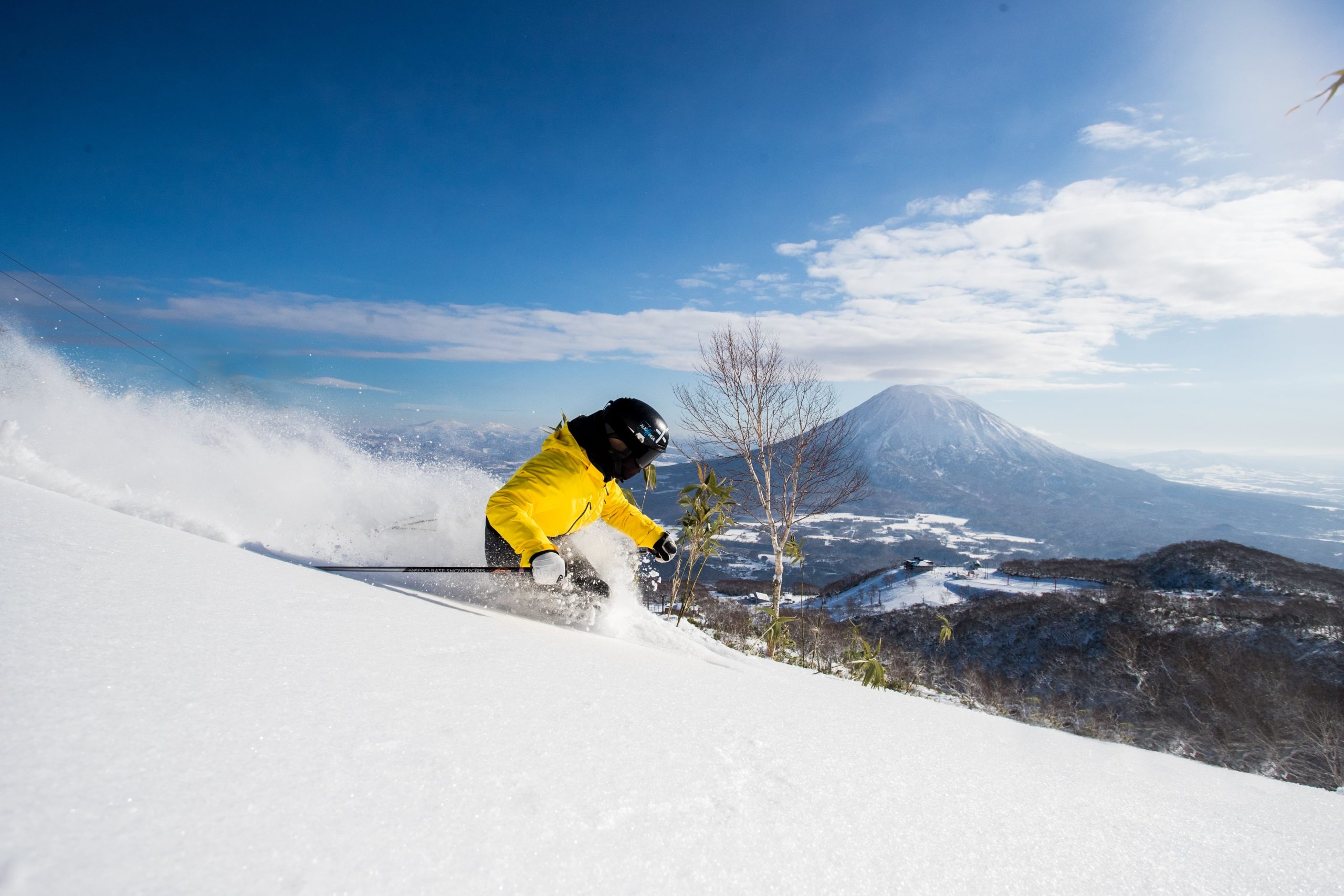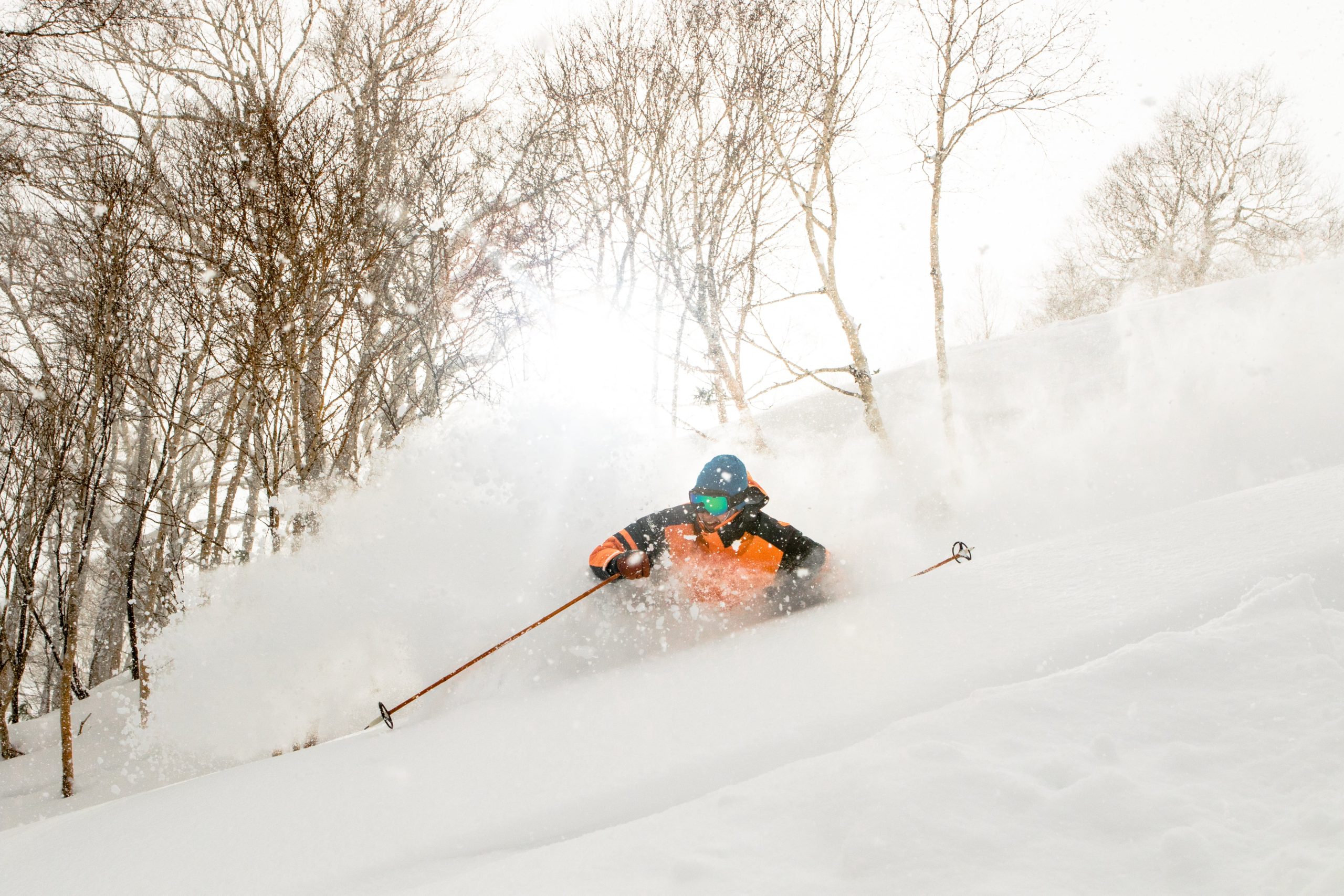
For years, Japan has been a bucket-list destination for skiers and snowboarders around the world, offering legendary powder, stunning alpine vistas, and a unique blend of culture and hospitality. But if Japan’s slopes have been on your radar, 2026 may be your best chance to enjoy them under the current conditions. Starting in mid-2025, a series of sweeping tourism reforms will begin to take effect, reshaping how international visitors experience the country, particularly its famed winter resorts like Niseko, Hakuba, and Nozawa Onsen.
With international tourism in Japan surging to a record-breaking 36.8 million visitors in 2024, the government is tightening its approach to crowd management, infrastructure sustainability, and economic balance. These changes are not only a response to over-tourism but also an effort to protect local communities and preserve cultural landmarks. While the intentions may be justified, the ripple effects on the skiing and snowboarding scene will be significant.
Price Hikes on the Slopes: A Two-Tier System
One of the most impactful changes comes in the form of a new two-tier pricing system, set to launch in July 2025. Under this model, foreign tourists will pay more than locals for access to major attractions including ski resorts.
For example, according to @japan.explores, a day pass at the popular Niseko resort will rise 30% for non-residents, while Japanese residents will continue to pay the regular price. That increase for non-residents can add up quickly over a multi-day trip, especially for families or large groups. While this pricing model is designed to give locals more affordable access to their own cultural and recreational spaces, it may discourage some travelers from choosing Japan as their ski destination of choice, especially with comparable options in Europe and North America that don’t enforce nationality-based pricing differences.

Tax-Free Shopping? Not Quite Anymore
If you were planning on snagging some top-tier ski gear or Japanese souvenirs while visiting, there’s another financial twist to be aware of. Beginning in November 2026, Japan’s tax-free shopping system will transition to a refund-based model. Tourists will no longer receive tax exemptions at the register. Instead, they’ll pay the full price, including consumption tax, and will have to file for a refund afterward.
This change introduces an extra layer of hassle and potential financial burden. Refunds can be delayed, denied, or require additional paperwork, deterring some from spending as freely as they might have in the past. For snowboarders and skiers accustomed to grabbing last-minute items or treating themselves to Japan-exclusive equipment, this may dampen the retail appeal that once came bundled with a powder trip.
A Stronger Yen and New Travel Requirements
Currency exchange used to be one of the perks of traveling to Japan, especially during periods when the Yen was weaker. However, the Yen has been gaining strength, making trips increasingly expensive for foreign visitors. Accommodation, food, gear rental, and lift passes will all cost more in real terms when converted from foreign currencies, particularly for travelers from countries with weaker exchange rates.

Additionally, the streamlined entry system that many travelers have enjoyed is about to get more complex. Japan is preparing to launch the Japan Electronic Travel Authorization (JESTA) system in 2025. While it won’t eliminate visa-free travel, it will require visitors from currently visa-exempt countries to apply for online clearance before entering Japan. This added bureaucratic step, while relatively minor, is another sign of Japan’s pivot toward tighter tourism regulation.
Taken individually, each of these policy changes might seem like a minor inconvenience. But together, they signal a clear turning point in Japan’s relationship with international tourism. For snow lovers, this means that the ease, affordability, and spontaneity that once defined a ski or snowboard trip to Japan may soon be a thing of the past.
If you’ve been dreaming of carving down Hokkaido’s famous powder fields, soaking in a steaming onsen after a day on the slopes, or experiencing the intersection of winter sports and Japanese culture, 2026 is your moment. So, book the flights, wax your board or skis, and go before the powder gets pricier and the red tape gets thicker. Japan’s winter wonderland is still waiting, but the landscape both on and off the mountain will soon look different.
